Choosing the right toys for your dog is important. Your pup may have very specific preferences in terms of what they enjoy playing with and what they don’t. Meanwhile, some toys may not be safe for certain dogs, or may not offer enough stimulation. For this reason, always do your research before buying a new toy. Likewise, if your dog doesn’t seem to be very interested in the toys they currently have, mix it up instead of just assuming they don’t like to play.
So where do you start? Here’s what to know about the essential role that toys play in your dog’s life—plus some helpful tips for picking out the best ones.
Why Dogs Need Toys
Toys are more than just a fun pastime for your pup. Playtime taps into your dog’s primal behaviors and gives her a chance to safely express what make her who she is—and to get out all of that doggie energy.
Without access to toys, many dogs will exhibit negative behaviors like improper chewing, biting, and howling. These behaviors can occur because your dog isn’t being provided with enough outlets for their energy needs, or simply because they’re bored.
As a dog parent, it’s your job to provide your furry friend with everything that they need to live their best life, and that includes toys! Toys are just as crucial as food, water, and walks for your dog’s mental and physical health, and can make all of the difference between a happy dog and a frustrated one.
How to Choose Toys for Your Dog
Your dog probably makes it pretty clear to you which toys they love and which toys they don’t. That being said, adhere to the following guidelines when picking out toys to ensure that you make smart—and safe—choices.
Little changes can make a big difference when it comes to your cat’s weight. And if it’s time for a lifestyle adjustment, these three tips are a great place to begin.
1. Know what your options are
There are so many different types of dog toys out there, including interactive toys like Cheerble Wickedbone and Wicked Ball, balls, chew toys, stuffies, discs, ropes, tug toys, treat toys, water toys, puzzle toys, and squeakies. Some toys do more than one thing, such as the Cheerble Wicked Ball, which in addition to being interactive can also be tossed around and enhanced with treats. And within each toy category there are also varying sizes and features that can determine whether it’s a good fit for your dog or not.
We know, it can get a bit overwhelming! As a general rule of thumb though, stick with the types of toys that offer the most bang for your buck—i.e. the toys that get your dog moving the most and the toys that your dog simply enjoys playing with the most. And while it might be tempting to get a new toy because it looks fun to you, if your dog is just going to ignore it, it’s not worth the cost.
2. Keep safety in mind
Not all dog toys are created equally when it comes to safety. For example, rawhide chews can cause serious stomach upset, while stuffies can pose a choking hazard if your dog likes to pull out all the fluff, as can balls that are small enough for your dog to wrap his whole mouth around. It’s crucial to choose toys that don’t pose a hazard for your dog and to always make safety the top priority. If you’re not sure if a toy is safe for your beloved animal companion, skip it and choose something different.

3. Think mental energy - not just physical
Toys are great for helping keep your dog active, but it’s not just their body that you want to be working out. That’s why options like the Cheerble Wickedbone and Wicked Ball are so beneficial: they require your dog to not just run around but to put active thought into what they’re doing. And because they can be used for one-on-one play as well as for play between you and your pup (even if you’re not home, so long as you’re within ten meters), they offer non-stop fun whenever your dog is feeling bored or restless.
Other toys that help fulfill the need for mental exercise include puzzle toys and treat toys, both of which require that your dog use their brain if they want to win the “game.”
Being a great pet parent means providing your four-legged family member with plenty of toys. Rotate the toy selection as needed to keep interest up and keep them playing, and try not to offer too many options all at once, since this can be overwhelming for your furry one.
Happy playing!


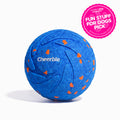
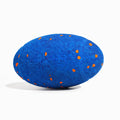
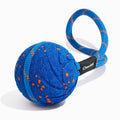
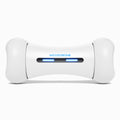
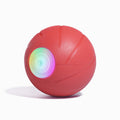
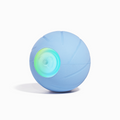


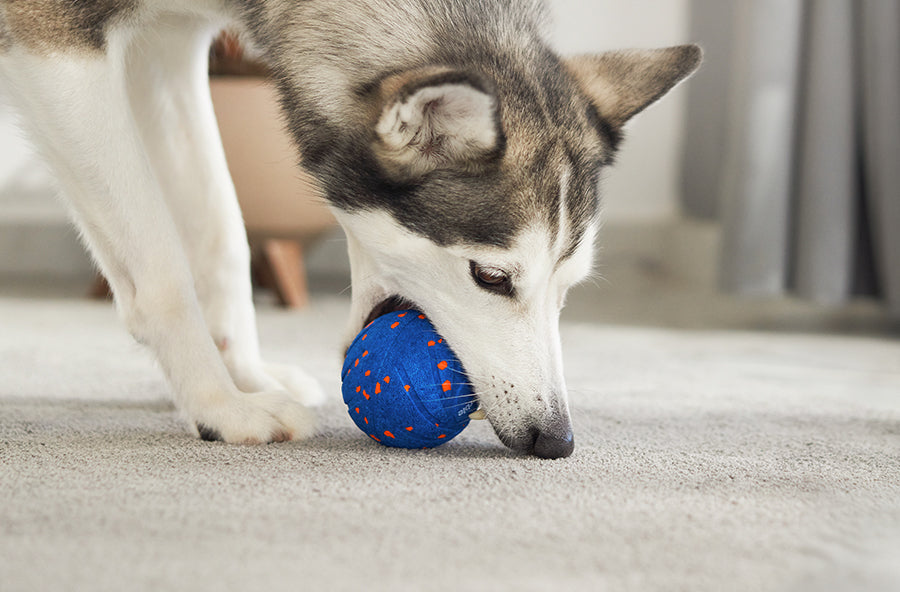

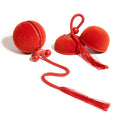
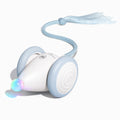
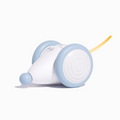
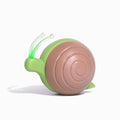
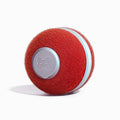
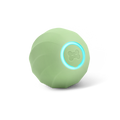
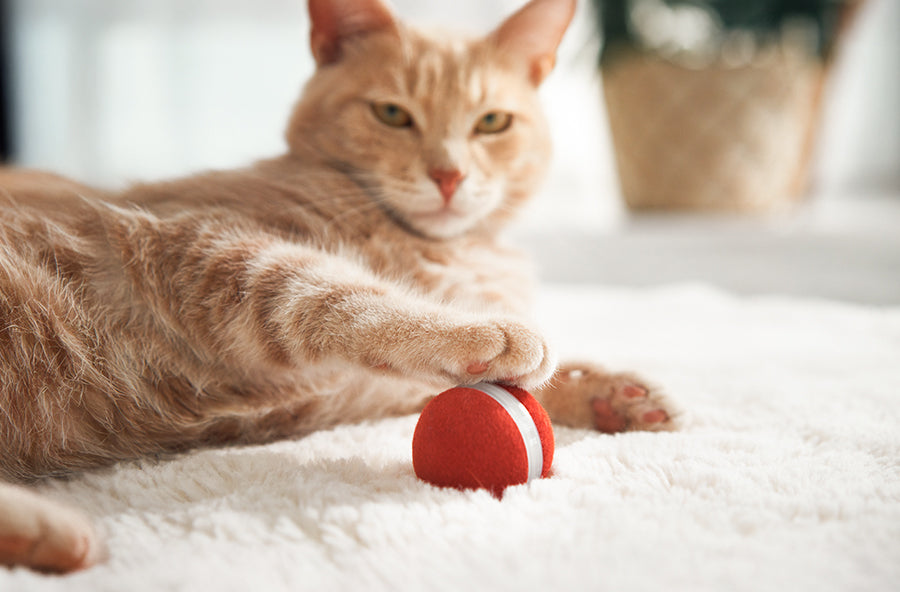
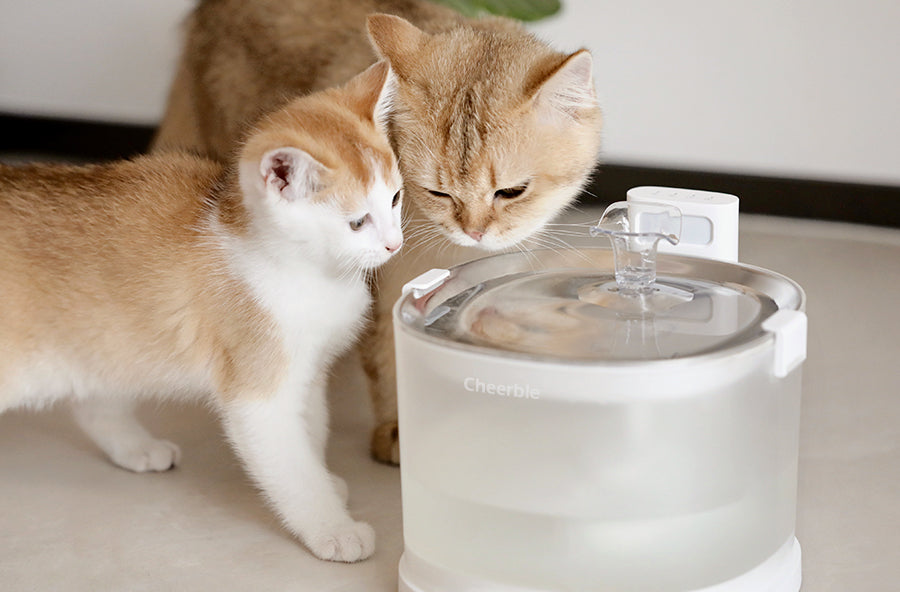
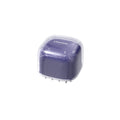
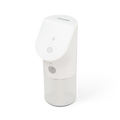
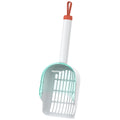
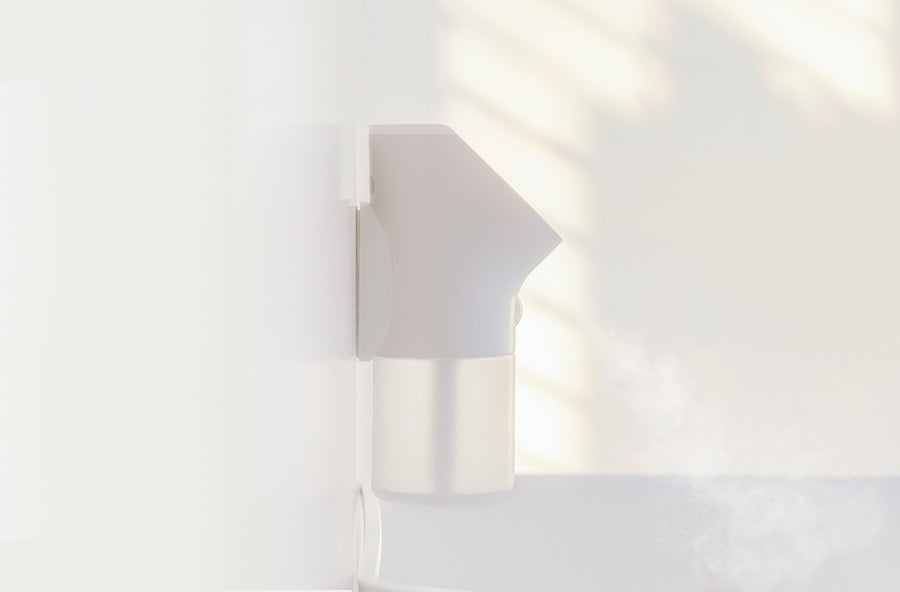
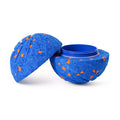
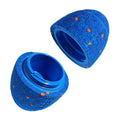
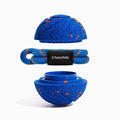
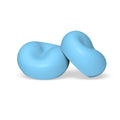
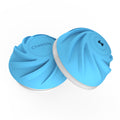
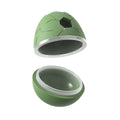
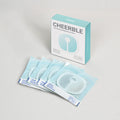
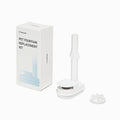
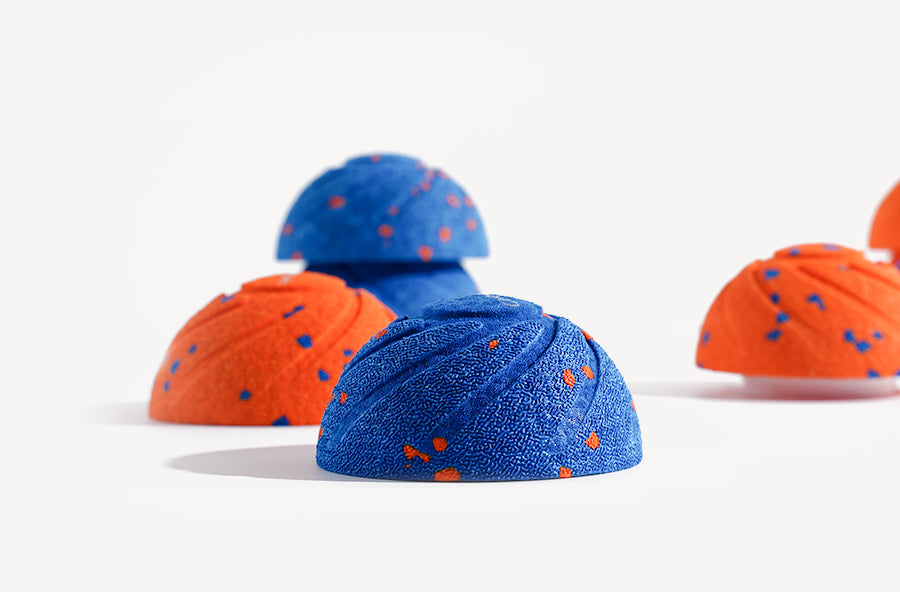

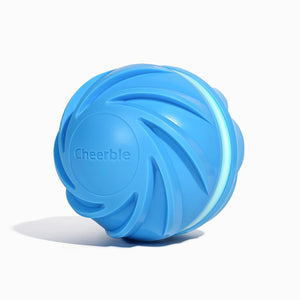

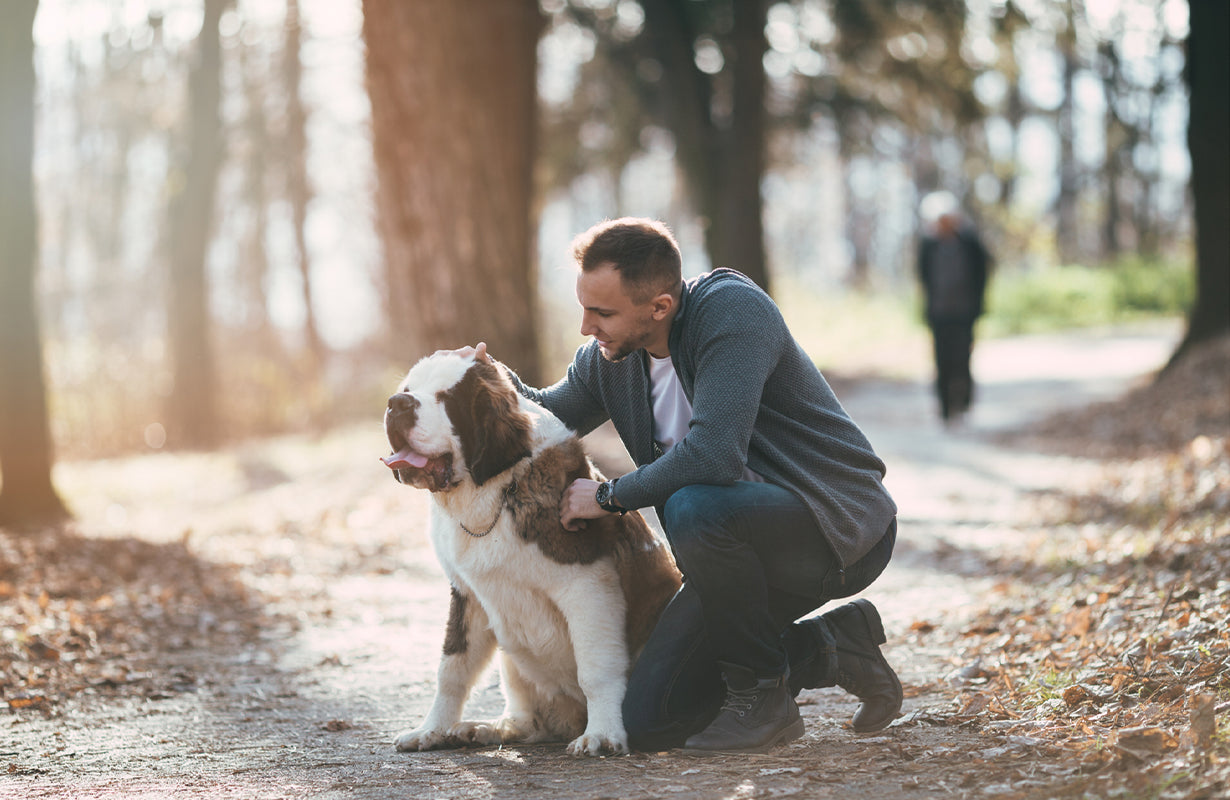
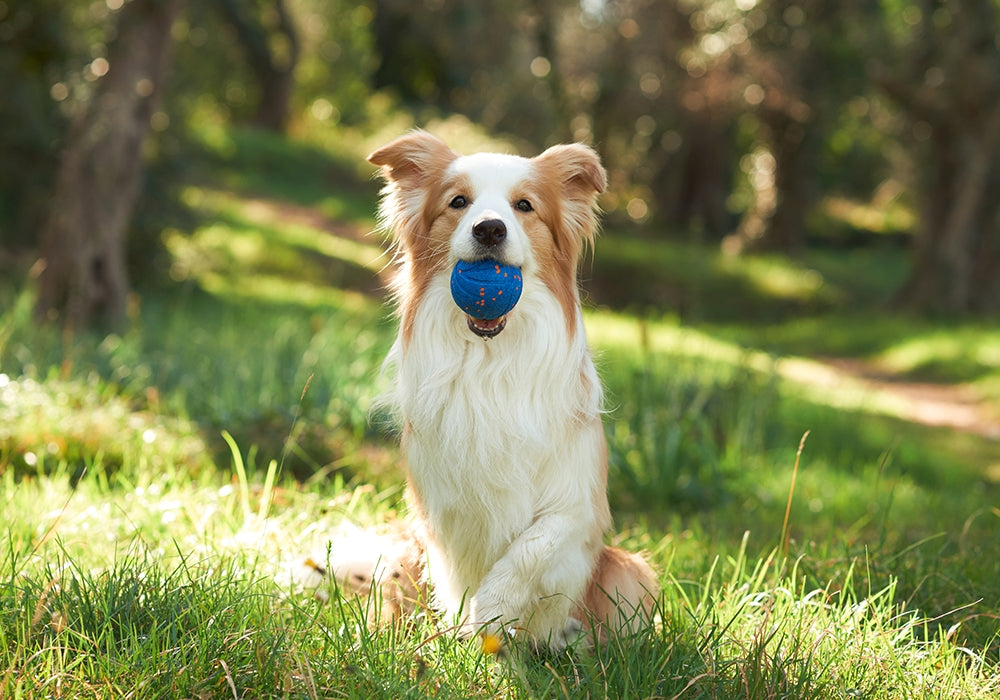
Leave a comment
All comments are moderated before being published.
This site is protected by hCaptcha and the hCaptcha Privacy Policy and Terms of Service apply.